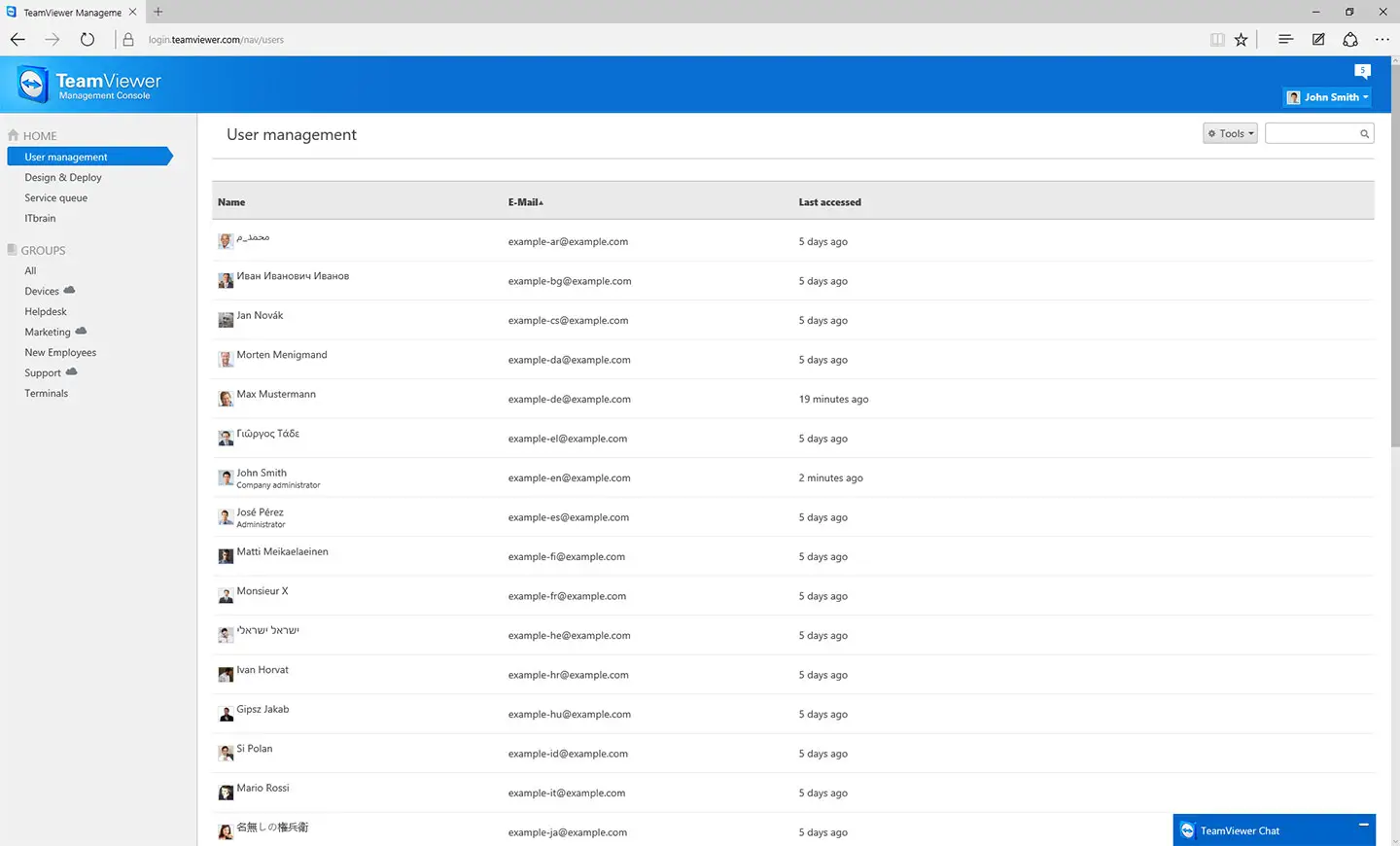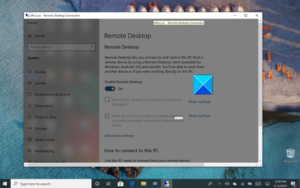
People who commit fraud and theft on the Internet often make use of the Dark Web.

They’ll tell you the only way to fix your computer is to allow them to install remote desktop access software which requires that they take over control of your computer. That sense of urgency and fear is what allows scammers to bypass your natural suspicions. Then, they’ll either reach out to you via phone call, text, or email - or create fake websites and pop-ups that fool you into thinking your computer is infected with malware and only they can help you. Often, they’ll start by impersonating a legitimate support agent from a tech company or retailer - such as Microsoft, Amazon, or the Best Buy Geek Squad.

Remote access scams occur when scammers pose as tech support agents or use other phishing attacks to dupe you into giving them remote access to your computer. What Can Scammers Do With Remote Access to Your Computer? Here’s how to regain control of your computer, identify future remote access scams, and protect yourself from malicious hackers. If you give a scammer remote access to your computer, you need to act quickly. According to the FBI’s Internet Crime Complaint Center (IC3), tech support scammers cost victims over $800 million in 2022. In this type of scheme, fraudsters trick victims into downloading apps that give total control of their computer to the scammers. Soraida was the victim of a remote access scam.

Soraida watched as the agent moved her mouse, downloaded apps, and entered code on her computer.

īut once she was on the phone, the technical support agent convinced her to give him remote access to her computer so that he could “fix” the charge for her. She’d never signed up for the service, so she called the number in the email to reverse the charge. Soraida Morales was confused when she got a bill for $399 for virus protection for her computer. Did You Give a Scammer Remote Access To Your Computer?


 0 kommentar(er)
0 kommentar(er)
